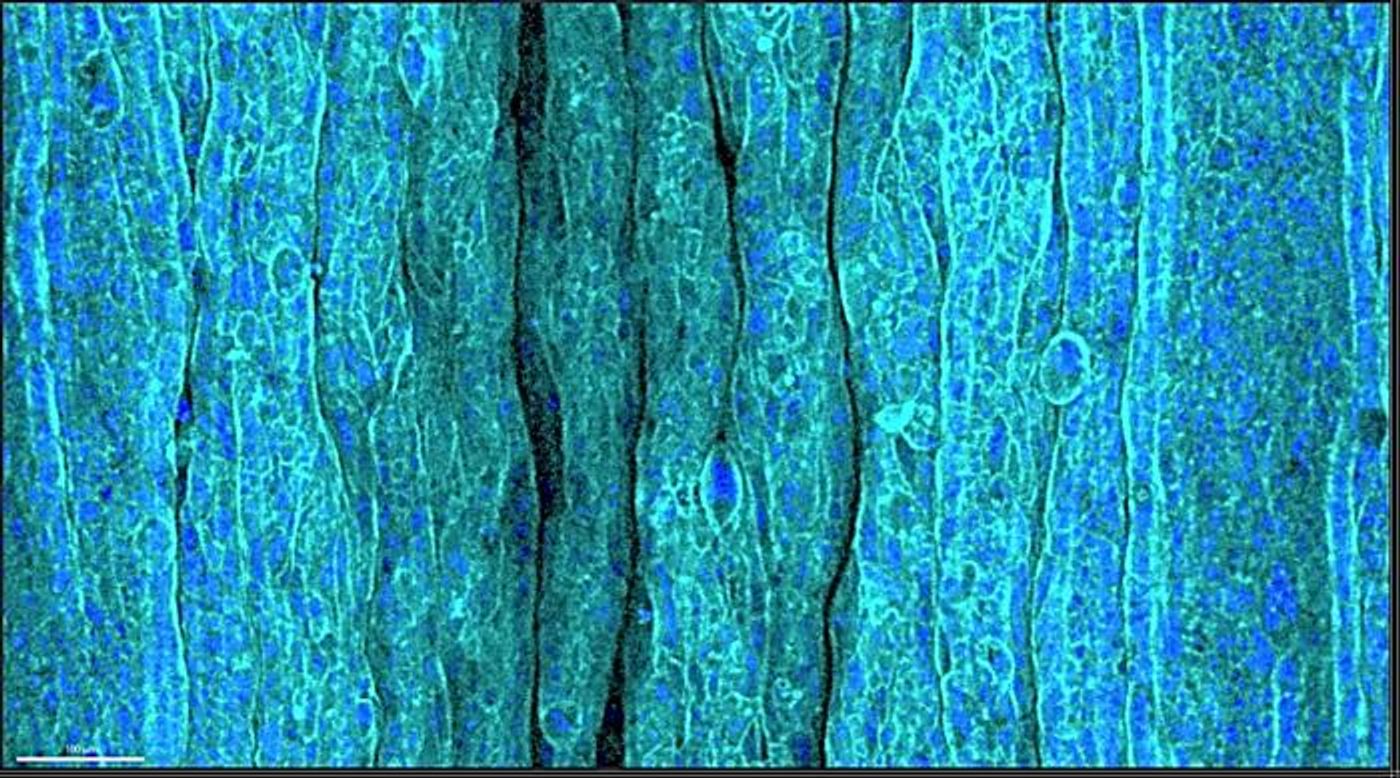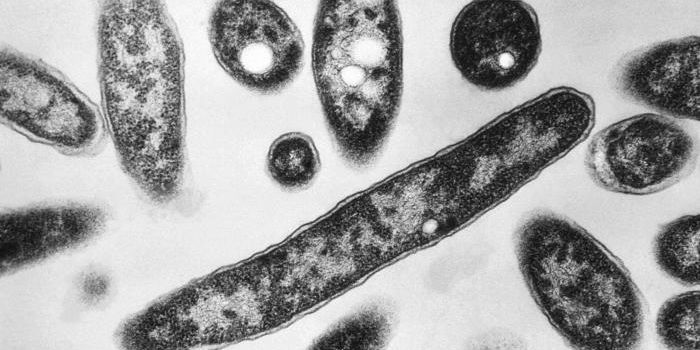A New Wrinkle Research Model Reveals More About How They Form
As we age, wrinkles build up not only in the skin, but also in tissues and organs. Wrinkles in tissues and organs often form distinct patterns, which seem to play a role in controlling the growth and function of cells. New research reported in Nature Communications has revealed more about the mechanisms underlying the formation of these tissue wrinkles, by using a newly created research model of tissue wrinkles. The findings have implications not only for aging tissues, but also regenerative technologies and embryology.
For decades, scientists have relied on research models from yeast, to fruit flies, to rodents to learn more about human biology. But animals cannot always recapitulate some aspects of human biology, like skin wrinkles. In recent years, advances in genetic technologies have allowed researchers to use more complex cell culture models, such as organoids, in their work.
In this latest study, the researchers used human epithelial cells and the extracellular matrix (ECM) to make a model of skin or epithelial tissue. This model was exposed to a device that applied various compressive forces. This method recreated the wrinkles that are seen in tissues including the skin and gut. Under compressive forces of different strengths, the investigators observed the creation of tiny to deep wrinkles.
This research also showed that influences like dehydration, the compressive force, or the porous nature of the extracellular matrix (ECM) are all closely connected to wrinkle formation. For example, compression that deforms epithelial cells leads to mechanical instability in the ECM, leading to wrinkle formation. ECM dehydration was crucial to wrinkle formation as well. In aging skin, dehydration in the underlying layers of cells causes wrinkle development.
"We have developed a platform that can replicate various wrinkle structures in living tissue without the need for animal testing. This platform enables real-time imaging and detailed observation of cellular and tissue-level wrinkle formation, processes that are difficult to capture in traditional animal models. It has wide-ranging applications in fields such as embryology, biomedical engineering, cosmetics, and more," noted senior study author Professor Dong Sung Kim of Pohang University of Science and Technology (POSTECH).
Sources: Pohang University of Science and Technology, Nature Communications









